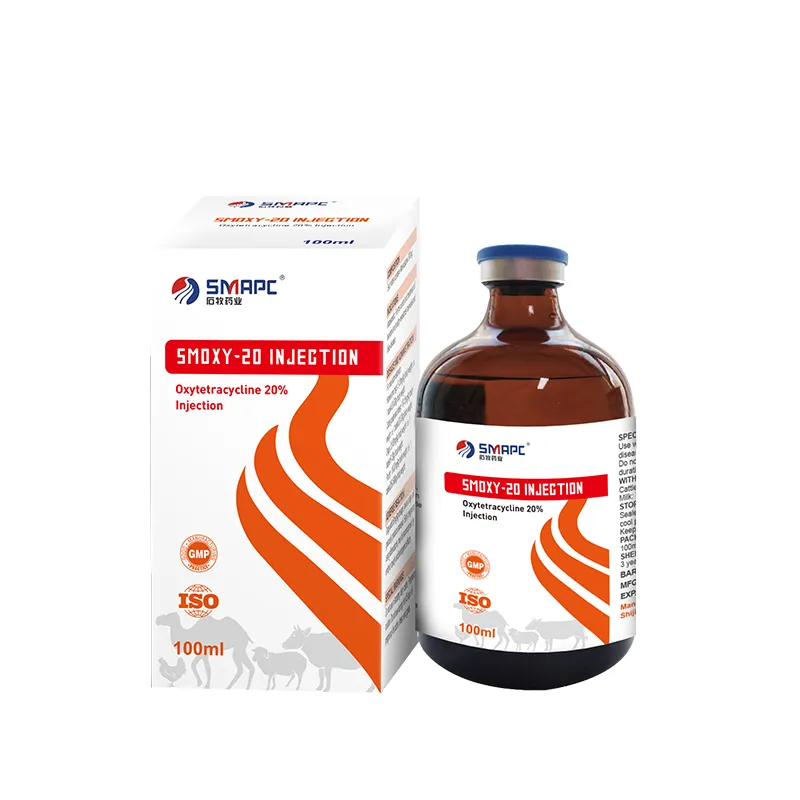Despite the benefits of medications in pig farming, responsible use is essential. Over-reliance on antibiotics can lead to resistance, a growing concern worldwide. This has prompted farmers and veterinarians to adopt stewardship practices that emphasize the importance of using medications only when necessary and as directed by a qualified professional. Monitoring health, implementing good husbandry practices, and maintaining biosecurity measures are vital components of effective disease management.







